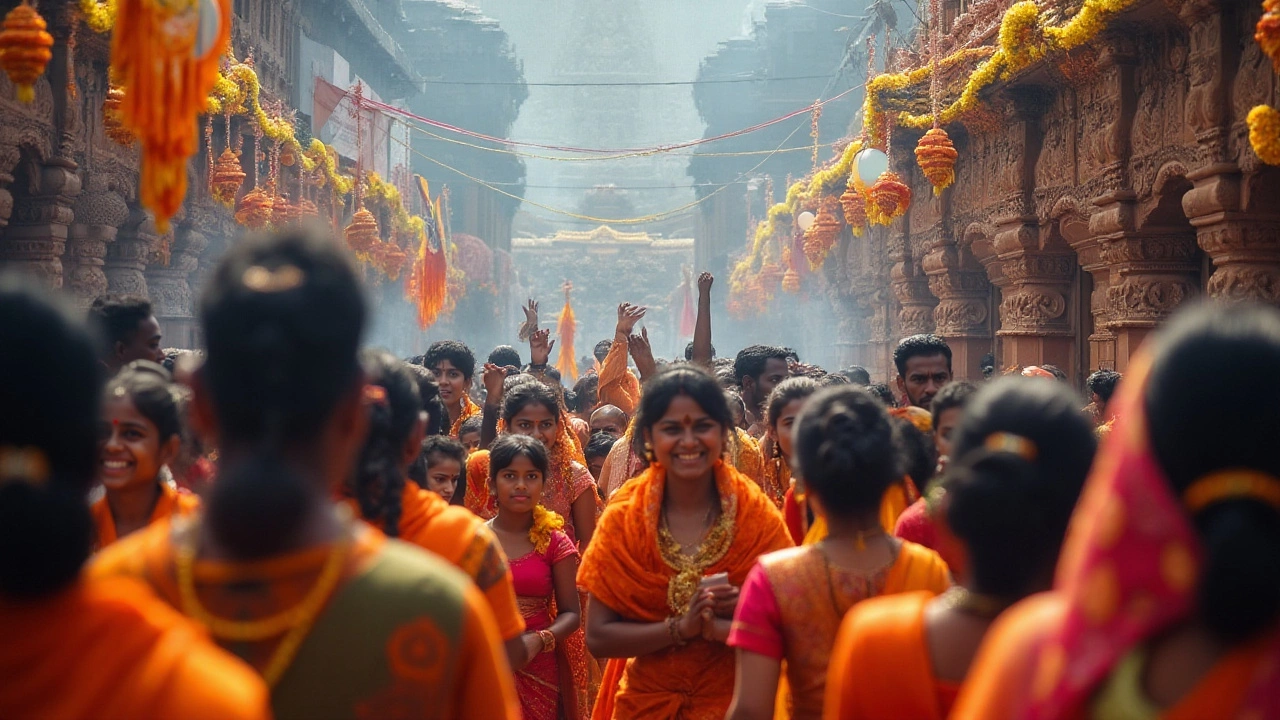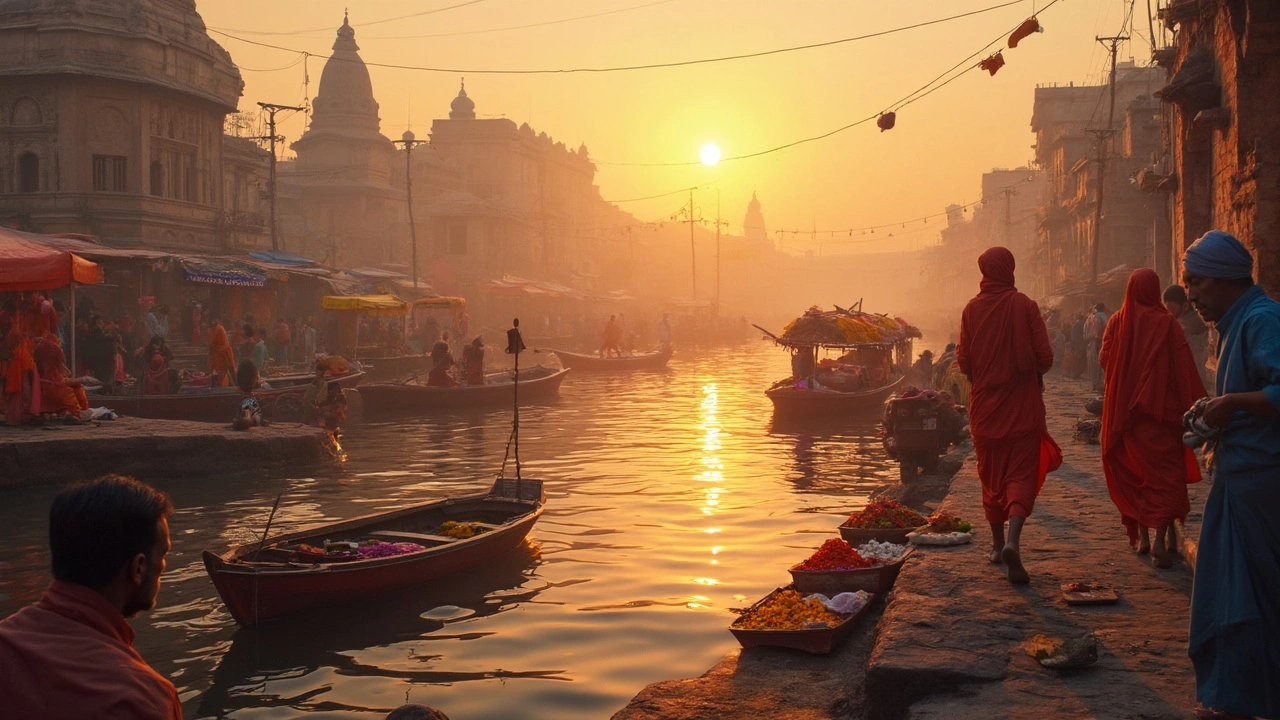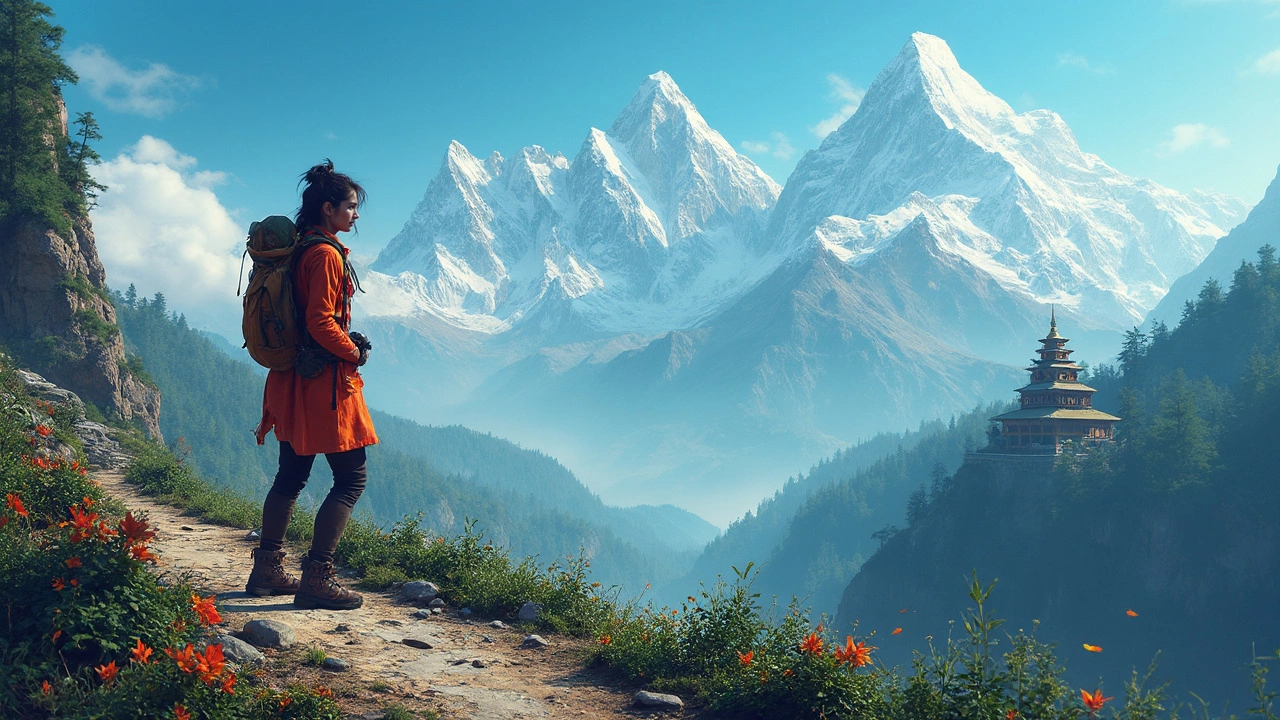Top Indian Destinations with the Most Foreign Tourists: A Detailed Guide
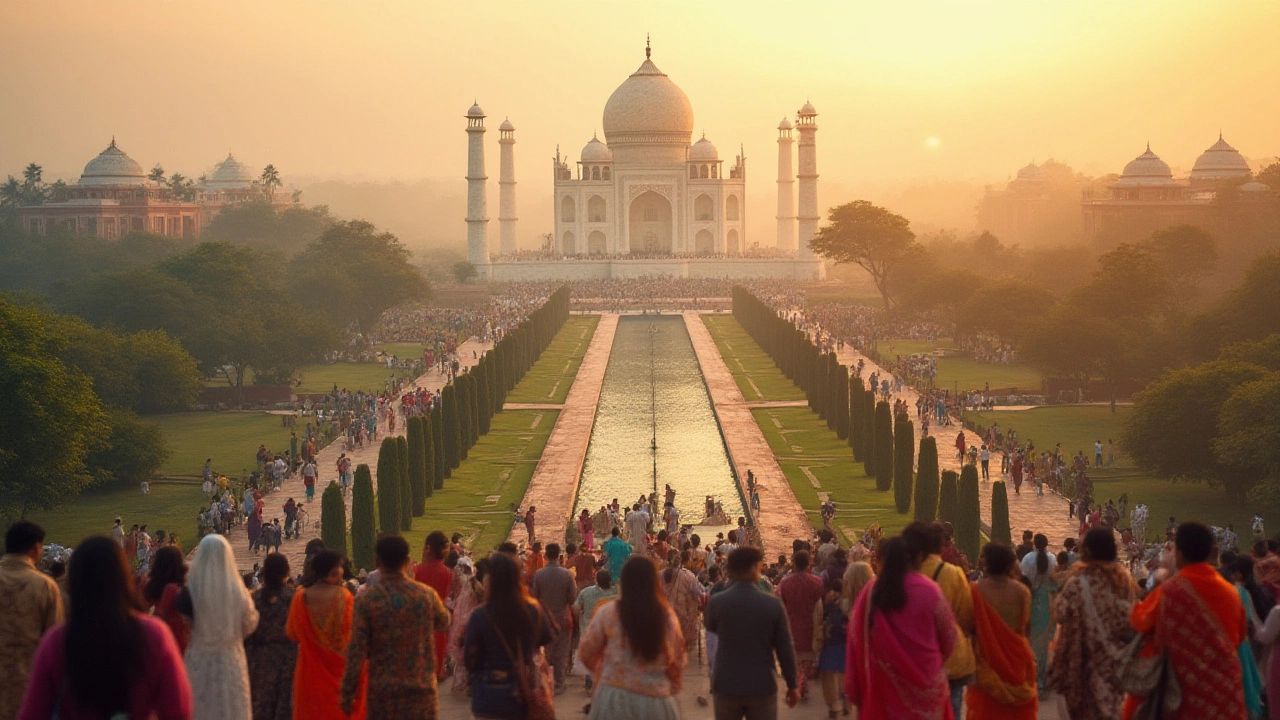
Picture this: it’s peak tourist season in India. Airport terminals are packed. Languages blend into a colorful chatter—French, Spanish, Japanese, Russian. No two conversations sound alike. People from every continent are crammed into rickshaws, forming snaking lines in front of fort gates, and flashing their passports for that dream photo on a Goan beach. India, always a swirl of activity, sees this unique, yearly invasion of international travelers—but where do they all go? The answer isn't as simple as pointing to one state or city. Foreigners have their favorites, influenced by history, climate, food, and that intangible magic only a few places can claim. Some destinations quietly pull the global crowd year after year, while others are just starting to sparkle on the world map.
Goa: Where the World Parties (and Relaxes)
If you’re hunting for the India's most foreign tourists, Goa wins, hands down. The old Portuguese colony feels like a global village during winter. Beaches overflow with visitors from Russia, Germany, the UK, Israel, and more. According to the Government of Goa Department of Tourism, foreign tourist arrivals regularly top 900,000 per year, before the pandemic struck. In certain seasons, you’ll hear more Russian in Morjim and Ashwem than Konkani or Hindi. Local businesses often display signs in Cyrillic, and menus list borscht beside vindaloo. The Goa–London charter flight is practically a legend on its own, stuffed with package-holiday dreamers itching for sun and cocktails.
So, what’s the draw? Apart from the obvious—golden beaches and cheap beer—Goa’s unique blend of laid-back vibes, safe nightlife, and its acceptance of all kinds of travelers wins hearts. Hippies and backpackers still chase the old Anjuna trance scene, while families flock to Baga and Candolim for safe swimming and water sports. Yoga teacher training draws swarms of health-seekers from Europe and the US each winter to the beachside shalas of Agonda and Palolem. Dive shops beckon scuba nuts from Sweden to South Africa. The cultural cocktail is irresistible, from Indo-Portuguese mansions in Fontainhas to late-night psy-trance raves under palm trees.
Looking for tips? Book beach huts ahead for December–January; they fill up fast. If you want a Russian expat vibe, head north to Morjim and Arambol. The south, like Palolem and Patnem, is better for chilled-out couples, older travelers, and yoga folks. Goa’s party reputation is real, but it’s also a sanctuary if you want quiet mornings and lazy afternoons. Beware, though, of peak New Year’s crowds—prices skyrocket and traffic can make you crazy.
Delhi, Agra, Jaipur: The Golden Triangle’s Foreign Magnetism
If international tourist density could be measured in camera clicks per second, the Delhi–Agra–Jaipur circuit (the Golden Triangle) would break all records. The Taj Mahal sits at the heart of every Indian travel dream. UNESCO numbers say the monument gets up to 8 million visitors year-round, with international tourists making up a sizable chunk, especially at sunrise and sunset. Jaipur’s pink palaces, the forts of Rajasthan, and Delhi’s diorama of Mughal, British, and modern flair complete the loop.
Why do the Golden Triangle cities pull the world? They pack a lot of India into a small region: epic architecture, busy bazaars, iconic food (think butter chicken, dal makhani, chaat), and vibrant festivals. Travellers love the ease of the route—good roads, regular trains, plenty of guides and travel agencies. Want to see India’s wild side on a short trip? Ranthambhore National Park, not far from Jaipur, is the place foreigners go tiger-spotting.
It’s not just about monuments either. Delhi boasts some of India’s best modern art galleries and fashionable markets like Khan Market and Hauz Khas, where Shivani—an Australian travel vlogger—gushed, "I met more international backpackers here in an evening than I did in two weeks in Varanasi." Agra remains largely about the Taj, but boutique hotels and rooftop cafes now tempt travelers to linger. Jaipur keeps expanding its empire of palaces-turned-hotels, cool rooftop bars, and handicraft shops that make everyone’s Visa card sweat.
Here’s a handy table showing the latest data on foreign visitors (2023) for this classic circuit:
| City | Foreign Arrivals (2023, millions) | Top Foreign Nationalities |
|---|---|---|
| Delhi | 2.4 | UK, USA, Australia, France |
| Agra | 1.3 | USA, China, UK, Japan |
| Jaipur | 0.8 | France, Germany, Russia, Italy |
If you want to beat the crowd, think about hitting these sites at sunrise or after lunch, when tour coaches are on siesta. Be ready for street touts, but don’t let that sour things—the chaos is all part of the experience. Each city also hosts festivals that attract even more foreigners: the Jaipur Literature Festival, Delhi’s India Art Fair, and Holi celebrations in Vrindavan (close to Agra) are truly international affairs.
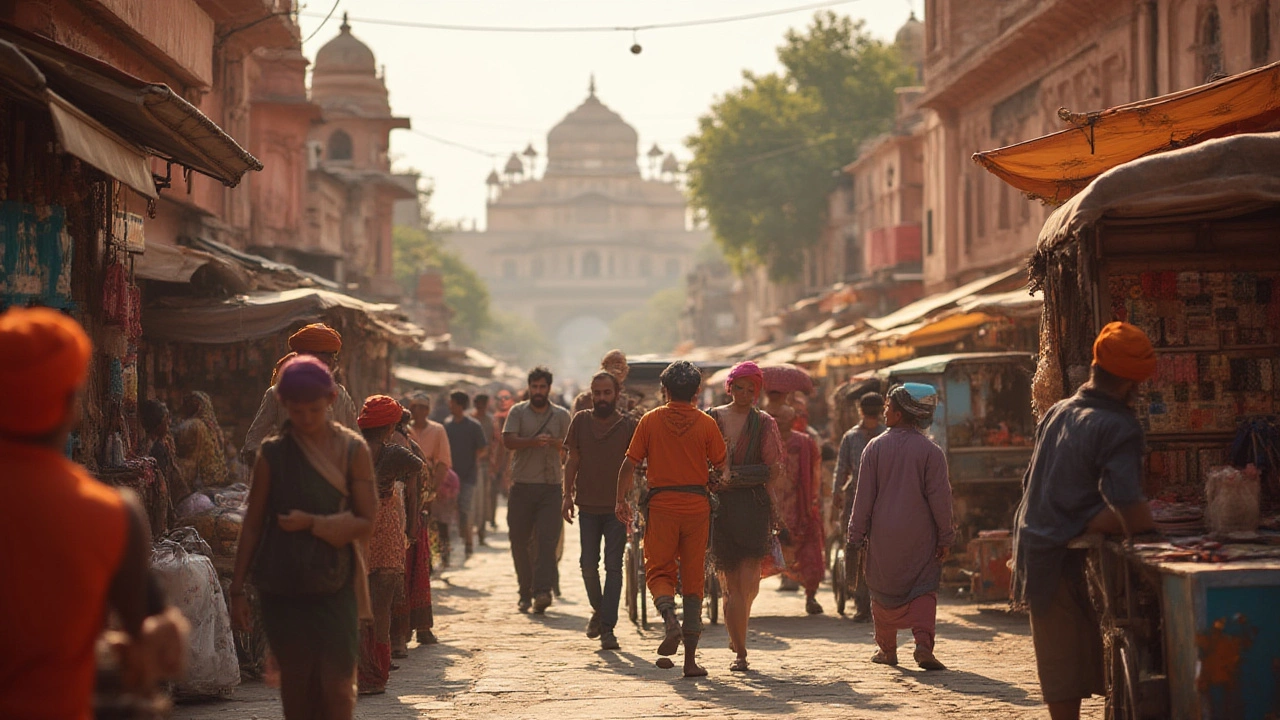
Varanasi and Rishikesh: Spiritual Hotspots for Global Seekers
Ever wonder where foreign travelers go to ‘find themselves’ in India? The Ganges cities of Varanasi and Rishikesh top the list. Every sunrise on the ghats, you’re just as likely to see a Swedish meditator, a Brazilian musician, or a Korean photographer as you are a local priest performing puja. In Rishikesh, the number of yoga schools accredited by the Yoga Alliance exceeds a hundred, making it the world’s yoga teacher factory for Australians, Americans, and Brits alike. The Beatles’ visit in 1968 is still Rishikesh’s biggest international badge, inspiring a permanent stream of new-age pilgrims.
What attracts such diversity? It’s the heady fix of India’s spiritual traditions—ancient temples, sunrise prayers, meditation, and riverside fire ceremonies. Foreigners sign up for yoga teacher trainings that last weeks, or silent meditation retreats that turn out to be the hardest and most eye-opening holidays of their lives. Every second cafe in Rishikesh brags about its ‘international’ breakfast set, and there’s always a jam session happening somewhere. Varanasi, meanwhile, is ground zero for anyone who wants to see Hindu rituals up close—the evening Ganga aarti, cremations, epic festivals like Dev Deepawali.
Foreign presence feels especially strong during winter and in festival months. There’s a rhythm: mornings are for ashram classes and meditation, afternoons for river walks, evenings for nonprofit work or boat rides. Want a tip? Pick guesthouses with river views – they double as quiet escape pods when the city gets overwhelming. Visiting in October through March means cool temperatures and no monsoon chaos.
"Varanasi is the most magical place I've traveled to. The people you meet at sunrise—everybody’s chasing something. The city transforms you," says Michael Palin in his BBC travel series.
Don’t expect to blend in, though. Foreigners are as much a spectacle as the rituals, and locals love chatting. Do dress modestly and expect sensory overload, but that’s half the reason people come. And yes, wellness tourism is a huge deal here—try an Ayurveda massage or a cooking class if the ashram lifestyle gets a little intense.
The Big Surprise: Southern and Northeastern India
People usually think North India gets all the international love, but there’s a twist. Kerala—the ‘God’s Own Country’ state on the southwest coast—punches way above its weight. With nearly a million annual international visitors (2023 stats) and long-stay guests from the UK, Germany, France, and Middle Eastern nations, Kerala is a hit. What’s the lure? Houseboats on the backwaters, family-run homestays, and Ayurveda retreats galore. You’ll see expat families in Kochi browsing Dutch-era shops and second-hand bookstores along Jew Town, while backpackers head for offbeat spots like Varkala and Wayanad. Wildlife reserves like Periyar draw eco-tourists, birdwatchers, and adventure nuts from Germany to Australia. Some even skip the Golden Triangle entirely for Kerala’s slower, greener vibe.
Then there’s Tamil Nadu: ancient temples dazzle history geeks from Japan and Italy, while Auroville, the international utopian community near Puducherry, welcomes people from over 59 countries. If you want a taste of true cosmopolitan India, this is it. Auroville, known for its sustainable, alternative living—and the striking golden-domed Matrimandir—regularly houses more foreigners than many small Indian towns. It’s also proof that eclectic communities can thrive for decades in the Indian context.
The real dark horse for foreign footfalls in recent years? Northeast India. Places like Sikkim and Arunachal Pradesh have become favorites for serious hikers and solo travelers, especially those from France and Israel who want sites untouched by commercial tourism. These regions offer mountain monasteries, jaw-dropping trekking routes, and tribal festivals. It’s not as crowded as Goa or Jaipur, so if you like your adventures raw and your selfie spots undiscovered, look east. Permits and remote geography keep some travelers away, but for others, that mystery is the deal-maker.
Thinking of a southern or northeastern trip? Book domestic flights early—trains and buses take forever, especially during festival periods. Try to learn a few local phrases; most foreign tourists notice that knowing even a few words of Malayali or Tamil opens doors. Food is another adventure: Kerala’s seafood and filter coffee, Tamil Nadu’s dosas and Chettinad curries, and Sikkim’s momos—these alone are worth the journey.
Here’s a quick table for context:
| Region | Annual Foreign Arrivals (2023) | Main Attractions |
|---|---|---|
| Goa | 920,000 | Beaches, Nightlife, Yoga |
| Kerala | 980,000 | Backwaters, Ayurveda, Wildlife |
| Rajasthan (Golden Triangle) | 2,100,000 | Palaces, Tigers, Culture |
| Varanasi | 380,000 | Spirituality, Rituals |
| Tamil Nadu | 680,000 | Temples, Auroville |
| Sikkim/NE | 110,000 | Mountains, Trekking |
The bottom line? India spreads its international crowd far and wide—Goa, Kerala, the Golden Triangle, Varanasi, and the northeast all spark different fantasies and attract different crowds. Each region offers its own spin on culture, landscape, adventure, and spirituality, ensuring every type of foreign visitor finds their tribe. Don’t believe the cliché that only beaches or the Taj Mahal draw the world. It’s the wild mix—parties, prayers, palaces, peace, and the thrill of the unknown. In India, every foreigner seems to find a new home away from home, be it on a yoga mat, a houseboat, a fort wall, or a remote jungle path.
